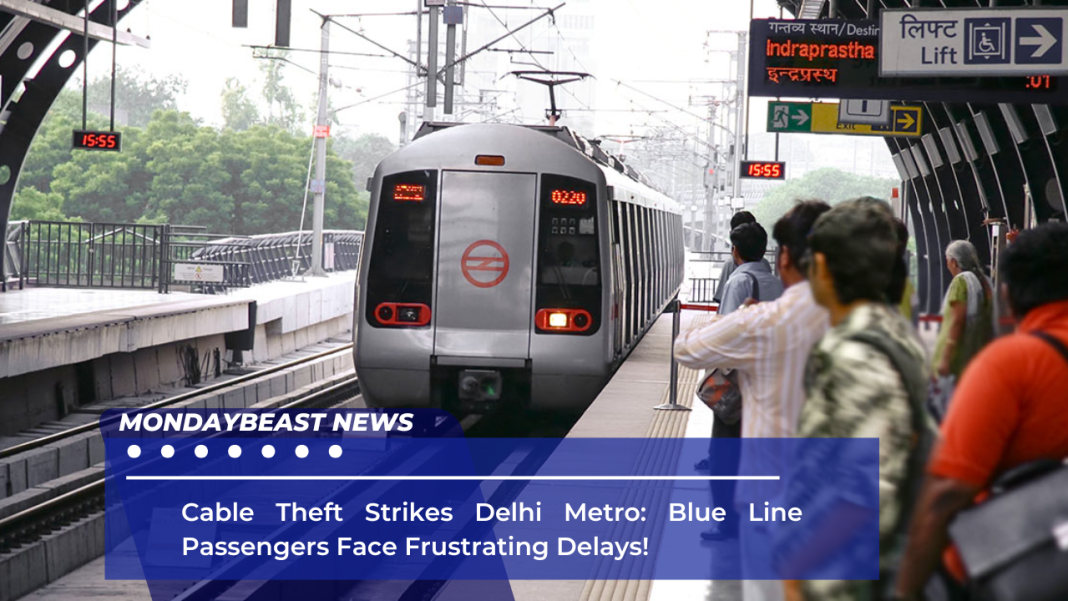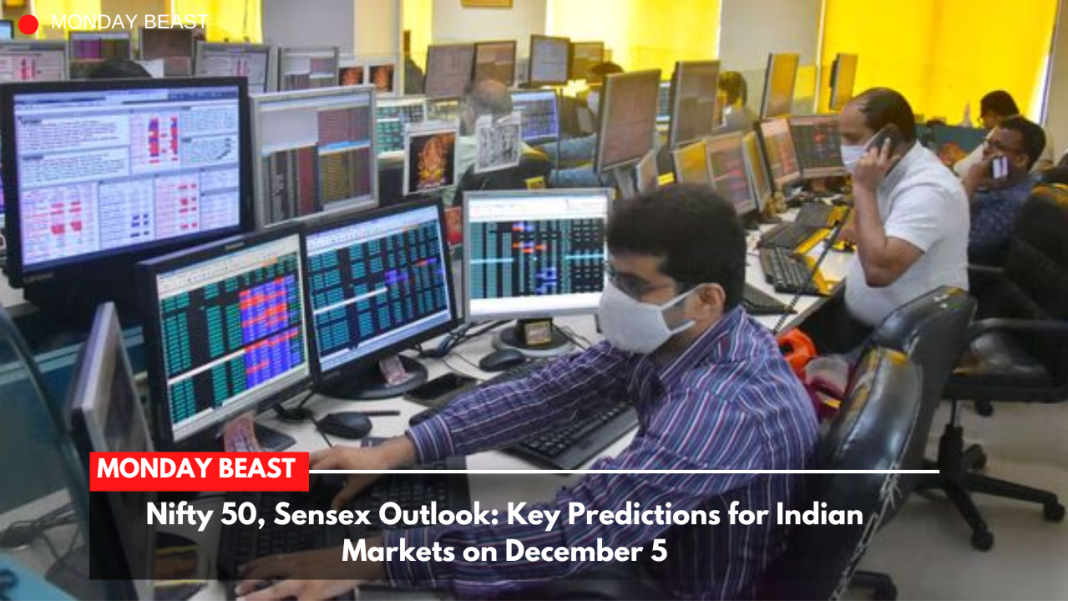Every morning, countless commuters rely on the Delhi Metro Blue Line to get to work. But what happens when something disrupts that routine? For many, the Blue Line is more than just transportation; it symbolizes the hustle of Delhi.
Also read
- Could India’s RBI Rate Cuts Transform Global Markets?
- HEG Shares Soar 30%: The Shocking Move Behind the Surge
- Bitcoin Surges Past $100K: What Trump’s SEC Pick Means for Crypto
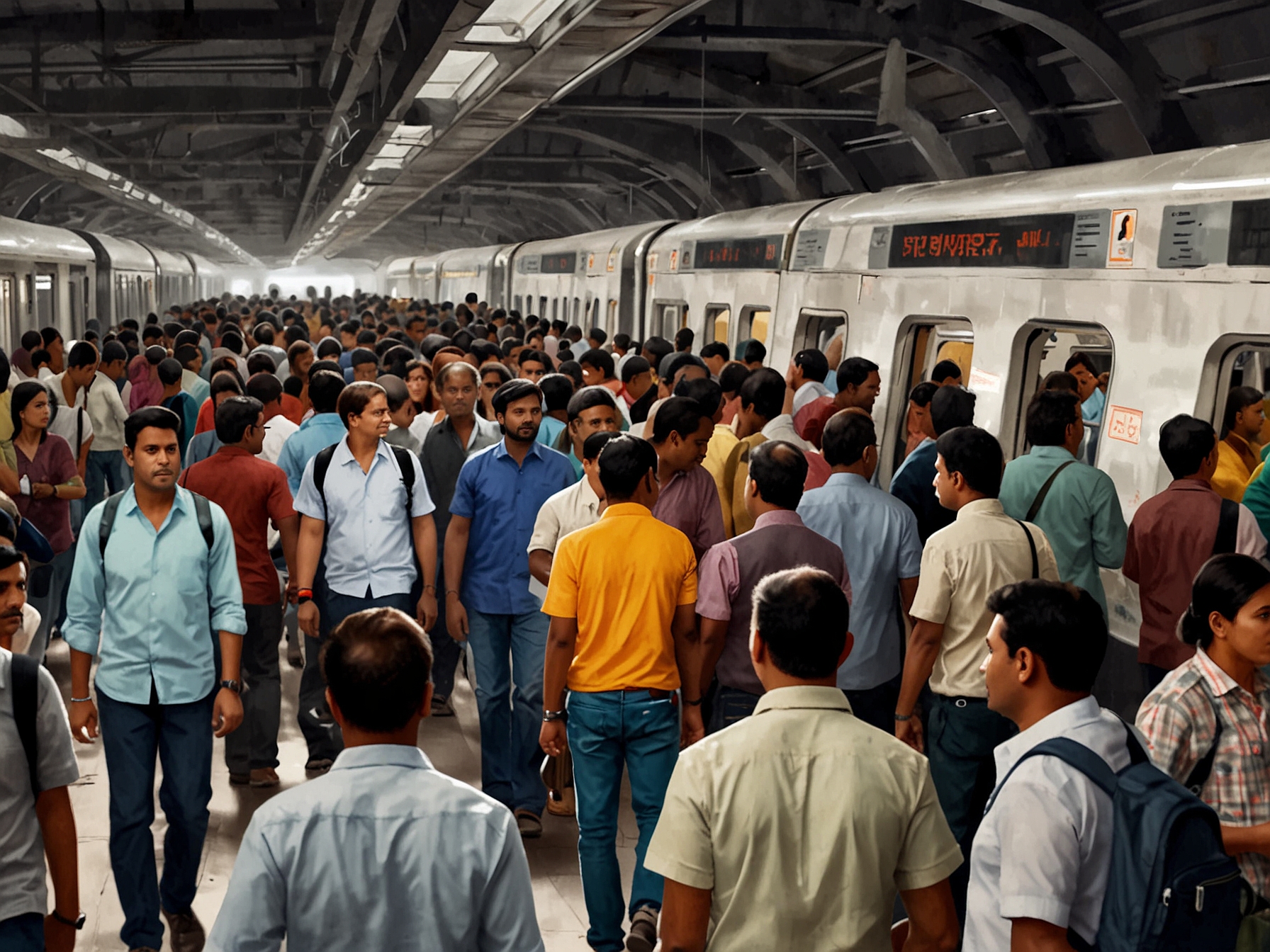
On one particularly hectic morning, passengers were informed of significant delays due to a cable theft between Moti Nagar and Kirti Nagar stations. This incident left many wondering: how could something like cable theft derail an entire metro line? Unfortunately, it did. The Delhi Metro Rail Corporation (DMRC) took to social media, posting updates. The DMRC expressed regret, informing users to adjust their travel plans.
The first message read, “There is a delay in services on the Blue Line due to a cable theft between Moti Nagar and Kirti Nagar. The inconvenience is regretted.” Such a statement is almost routine in city life. Yet, it provides little solace to a tired commuter, clutching their coffee and glancing impatiently at their watch.
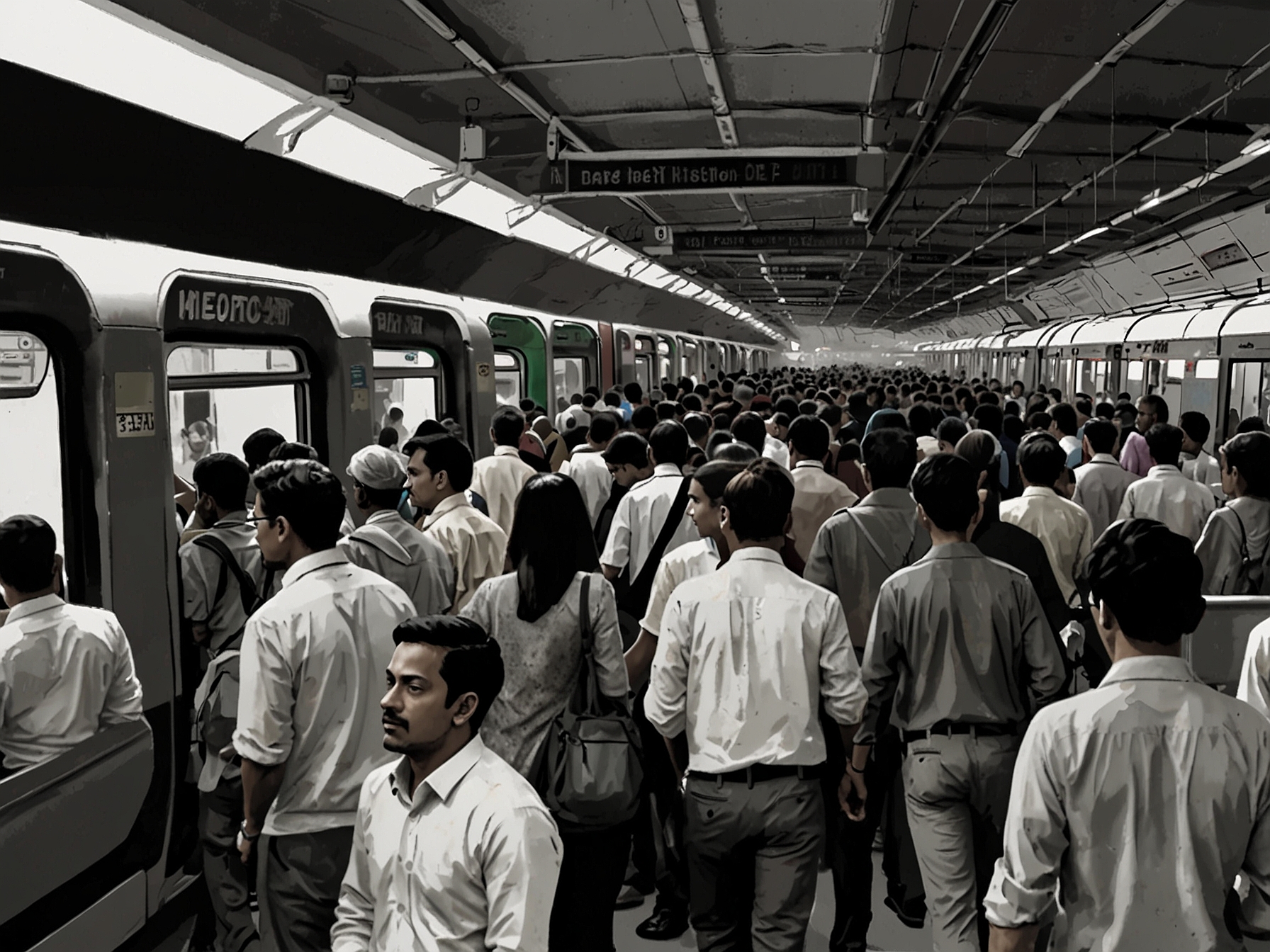
In reality, this vital transportation line serves a core area of the city. It connects bustling hubs like Rajiv Chowk, a favorite spot for both locals and tourists alike. As DMRC detailed the extent of the disruption, it was evident that this was no ordinary day. It coincided with the morning rush hour, a time when every minute counts for working individuals.
But the challenge ran deeper than just delays. The DMRC indicated that the repairs to resolve the theft would only be done after operational hours. Trains would run at restricted speeds throughout the day. Commuters would experience longer waiting times and crowded platforms. It’s a reality faced by those who depend on public transport.
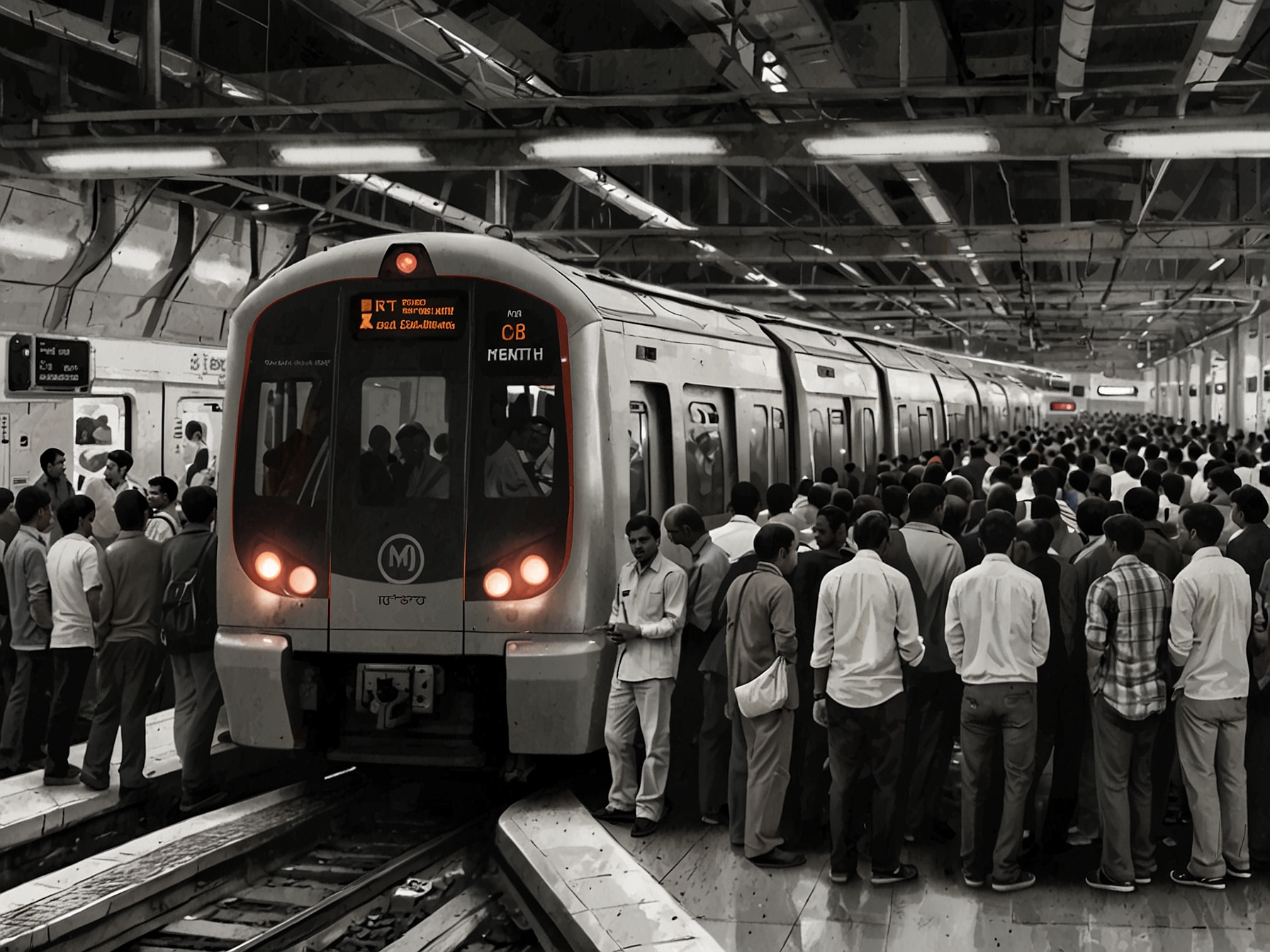
“The journey shall take some additional time,” the DMRC said, an understatement that probably felt sarcastic to many people. The Blue Line is an extensive corridor that links the eastern and western fringes of the city. People traveling from Dwarka to Noida or Vaishali now faced barriers not only in time but in their daily agenda.
Imagine, if you will, a young professional trying to arrive at an important meeting. The stress of subway delays can lead to anxiety. Many experience the silent panic of being late. The increased foot traffic at stations like Mayur Vihar Phase 1 and Noida Sector 18 only compounds the issue. It’s not just public transport; it’s people’s lives.
As passengers hop on and off, they’re left wondering about the motivations behind such disruption. An act of vandalism holds severe consequences for thousands. Are we becoming too accustomed to disruptions in our metro systems? Moreover, this raises questions about security. What measures are in place to prevent these incidents?
Yet, amidst the chaos, there lies an important lesson. Planning is essential for effective commuting. Perhaps it’s time for all of us to reassess our daily travel routines. With a little caution, maybe we can safeguard ourselves from unexpected disruptions in the future.
Ultimately, the Blue Line incident sheds light on broader issues of urban transportation. The balance between efficiency and security is delicate. Commuters deserve reliable service but may need to prepare for the unexpected at any moment. So, how will you adjust your travel plans next time?

